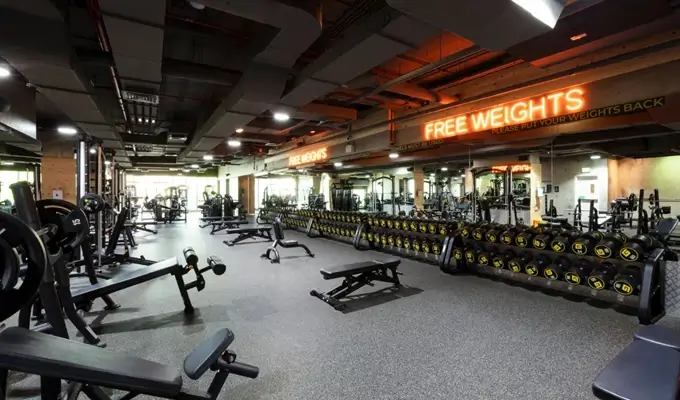MAINTENANCE CALORIE CALCULATOR

SIGN UP FOR YOUR FREE DAY PASS TODAY!
GymNation Calorie Calculator now includes a maintenance calorie calculator feature.
This tool helps you determine the number of calories required to maintain your current weight. Remember, BMR is the key to your daily calorie needs.
Daily calorie intake - how many calories do I need?
Every person is different, and we all need different amounts of energy to maintain our weight.
A person's energy requirement depends on their age, weight, height, physiological state, body composition, physical activity level, and many other factors.
HOW TO BURN MORE THAN 1,000 CALORIES A DAY? Click on this question to find the answer.
Knowing your maintenance calories is key for several reasons:
- It empowers you to make informed food choices. Understanding your macronutrient needs allows you to utilize nutrition labels effectively.
- Managing your weight effectively hinges on knowing your baseline, whether you aim to lose or gain body mass.
- Planning your weight changes at a healthy pace becomes feasible.
- Ensuring your body receives the necessary energy becomes a certainty.
Equations predicting basal metabolic rate have been devised by researchers.
Our maintenance calorie calculator relies on the Mifflin-St Jeor equation, a popular BMR formula endorsed by the US Academy of Nutrition and Dietetics.
Physical activity level quantifies a person's daily activity.
Different PAL values, ranging from 1.20 to 2.40, have been established through research assessing Total Daily Energy Expenditure (TDEE) using direct methods in labs, validated by numerous studies.
Weight Loss Maintenance
Regrettably, studies reveal that fewer than 20% of individuals who successfully shed weight manage to sustain a 10% decrease in body weight over a year.
Various factors contribute to this challenge, such as a history of weight fluctuations, unrestrained eating habits, episodes of binge eating, increased feelings of hunger, emotional or stress-induced eating, passive problem-solving approaches, and the biological response to weight loss.
Interestingly, as individuals lose weight, their energy requirements decline, potentially leading to weight gain if they stick to their previous maintenance calorie levels.
The reductions in basal metabolic rate, the thermic effect of food, and non-exercise energy expenditure following weight loss collectively impact the overall energy needs, making it hard to accurately estimate the decrease in energy expenditure.
This adjustment may also result in decreased physical activity levels without conscious awareness, as our bodies strive for efficiency.
If you've recently lost weight, there's no need to fret about regaining it.
Understanding the intricacies of weight loss maintenance equips you with the tools to proactively prevent weight regain.
Increasing physical activity emerges as a straightforward and effective strategy to address this challenge.
Read more: CALORIE DEFICIT CALCULATOR FOR LOSS WIGHT
Macronutrient Distribution
Once you've determined your daily calorie intake for weight maintenance, the next step is deciding how to allocate these calories within your diet.
Following the USDA Dietary Guidelines, a well-rounded diet should consist of the following macronutrient breakdown:
- Protein: Make up 10-35% of your daily energy intake.
- Carbohydrates: Account for 45-65% of your daily energy intake.
- Keep added sugars to less than 10% of your total energy intake; and:
- Aim for at least 14 grams of fiber per 1000 kcal consumed.
- Fat: Should contribute 20-35% of your daily energy intake.
Limit saturated fat to less than 10% of your total energy intake (commonly found in animal fats and certain solid plant fats like palm oil).
GET YOUR FREE TRIAL TODAY
































































































